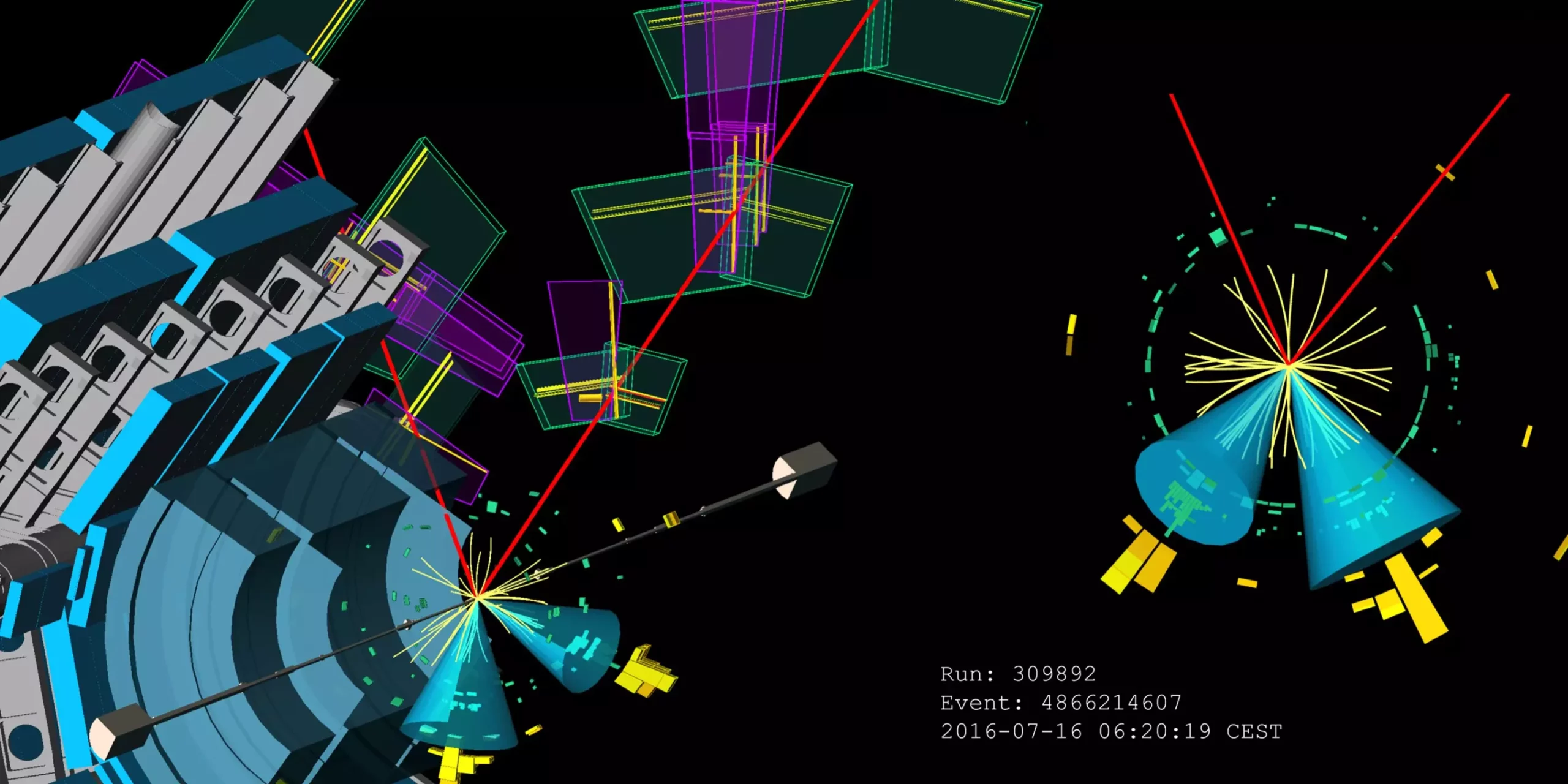Understanding the fundamental particles that constitute our universe is one of the prime objectives of modern physics, particularly within the framework of the Standard Model. The ATLAS collaboration at CERN is leading the charge in investigating the properties of the Higgs boson, which is pivotal for revealing how particles acquire mass. The recent findings presented at the International Conference on High-Energy Physics (ICHEP) 2024 indicate heightened precision in measuring the Higgs boson’s interactions, especially with the heaviest quarks: top, bottom, and charm.
The interactions between the Higgs boson and elementary particles underpin the mechanism of electroweak symmetry breaking. This process explains why certain particles, such as quarks and leptons, possess mass, while others do not. By examining how the Higgs boson is produced and how it decays into different particles, researchers can infer the strengths of these interactions. These measurements are crucial because they provide a window into the underlying fabric of particle physics and help validate the theoretical predictions of the Standard Model.
A notable aspect of the ATLAS methodology involves analyzing “jets,” which refer to the collimated streams of particles that emerge when quarks fragment after a Higgs boson decay. Each jet contains a variety of particles, primarily hadrons, which complicates the task of identifying the type of quark that produced it. Here, jet tagging techniques become vital. By meticulously studying the properties of jets, physicists can discern the “flavor” of the originating quark—essential information for measuring interaction strengths accurately.
The ATLAS team introduced advanced jet tagging techniques specifically tailored for bottom and charm quarks. These innovations led to significant improvements in sensitivity for observing decay processes associated with the Higgs boson, including the H → bb and H → cc channels. The research highlighted a remarkable 15% increase in the ability to detect H → bb decays and a staggering threefold enhancement for H → cc decays.
At the ICHEP 2024, the ATLAS collaboration showcased their first observation of the WH, H → bb process, which achieved a remarkable 5.3σ significance. Additionally, measurements for ZH, H → bb were captured at 4.9σ significance. These observations are paramount as they validate the anticipated interactions put forth by the Standard Model. However, the H → cc decay remains elusive owing to its suppressed occurrence compared to its B quark counterpart; nonetheless, ATLAS has successfully set an upper limit on its production rate.
Understanding the nuances of Higgs boson interactions with the top quark is inherently more complex due to the multitude of background processes. ATLAS recently focused on Higgs production associated with two top quarks and subsequent decay into bottom quarks— a process that is notoriously difficult to detect due to its intricate final states. The collaboration’s new analysis improved sensitivity by a factor of two, yielding a signal strength of 0.81 ± 0.21 when measured against the Standard Model prediction.
The promising outcomes from these analyses not only consolidate the existing knowledge of Higgs interactions but also set the stage for future advancements. With additional data from the ongoing Run 3 of the Large Hadron Collider (LHC) expected to enhance measurement precision, the prospect of exploring H → cc interactions looks increasingly feasible. The forthcoming High-Luminosity LHC (HL-LHC) is anticipated to significantly increase the likelihood of detecting these elusive processes, offering deeper insights into the nature of the Higgs boson and the fundamental principles governing particle physics.
As physicists continue to unravel the complexities of the Higgs boson, the strides made by the ATLAS collaboration underscore both the progress and the potential that lie ahead in the quest to understand our universe. These advancements not only reaffirm the robustness of the Standard Model but also pave the way for new discoveries and potential extensions of our theoretical frameworks.


Leave a Reply